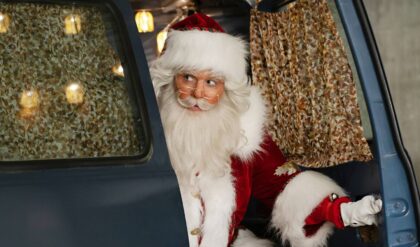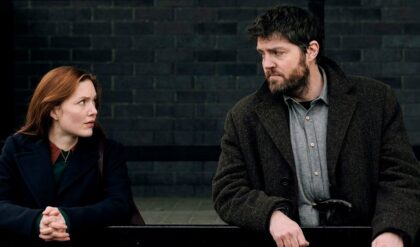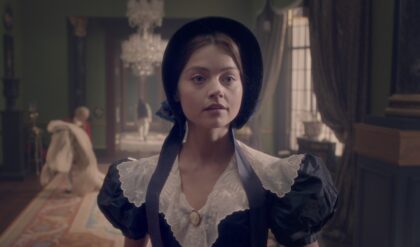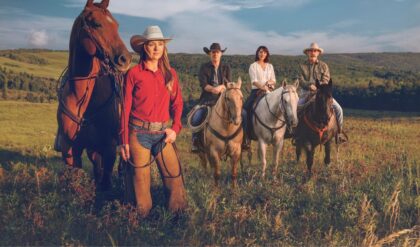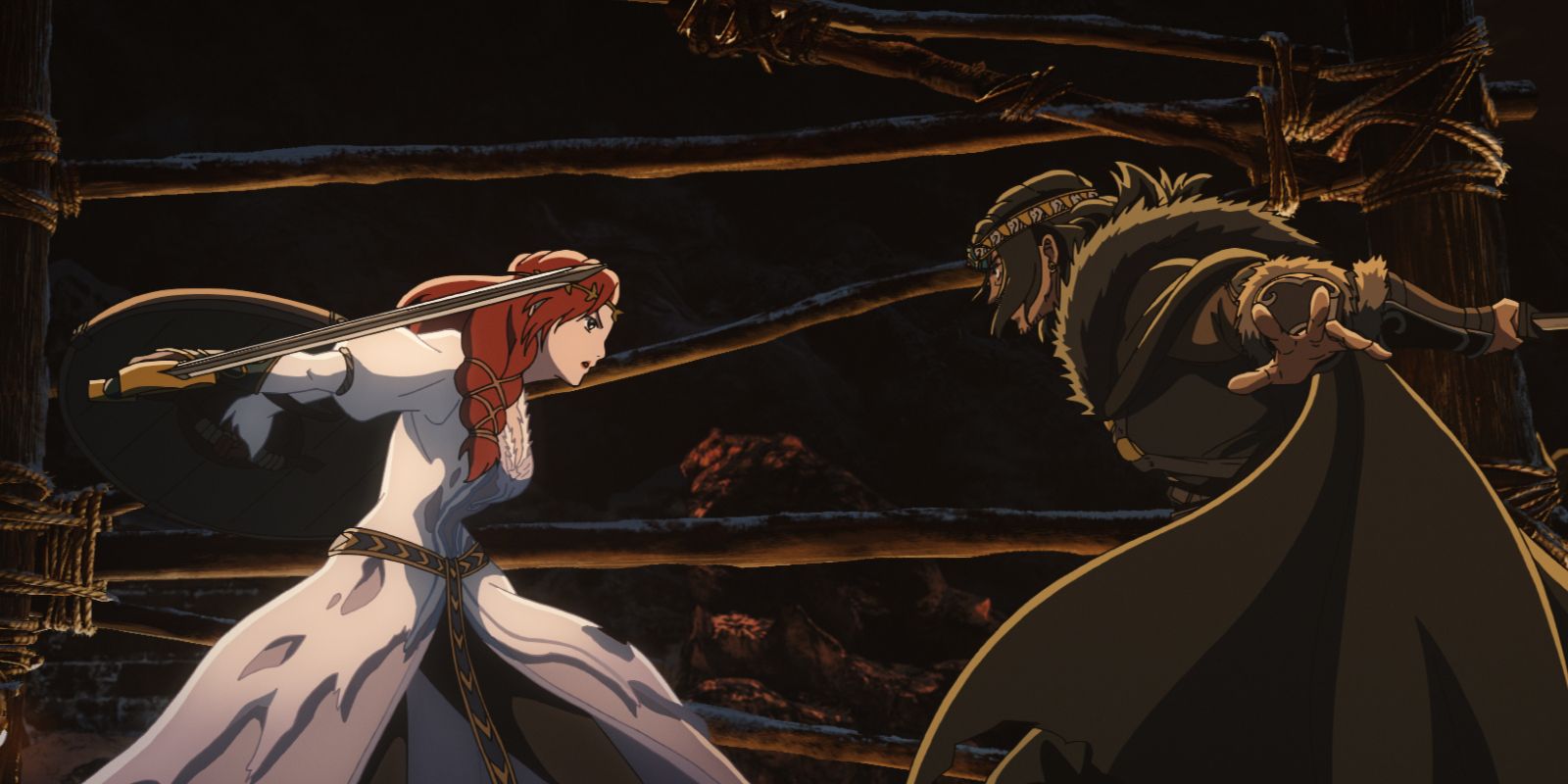
Sauron and Galadriel’s feelings were only implied in Rings of Power, with other interpretations of their relationship possible. However, Rings of Power season 2 developed the mutual obsession between the two. Director Charlotte Brändström asserted her own belief in the romance, assessing Sauron’s Halbrand alter-ego in no uncertain terms: “Galadriel obviously was in love with Halbrand. She was very attracted to him” while “Sauron was… disappointed… because… he would have liked… Galadriel as his queen” (Nerdist). War of the Rohirrim will replicate this dynamic, but may avoid controversy for a few key reasons.
War Of The Rohirrim & The Rings Of Power Both Add The “Lovers-To-Enemies” Trope To Ambiguous Parts Of Tolkien Lore
War Of The Rohirrim Will Copy Rings Of Power’s Commercially Successful “Lovers-To-Enemies” Tease
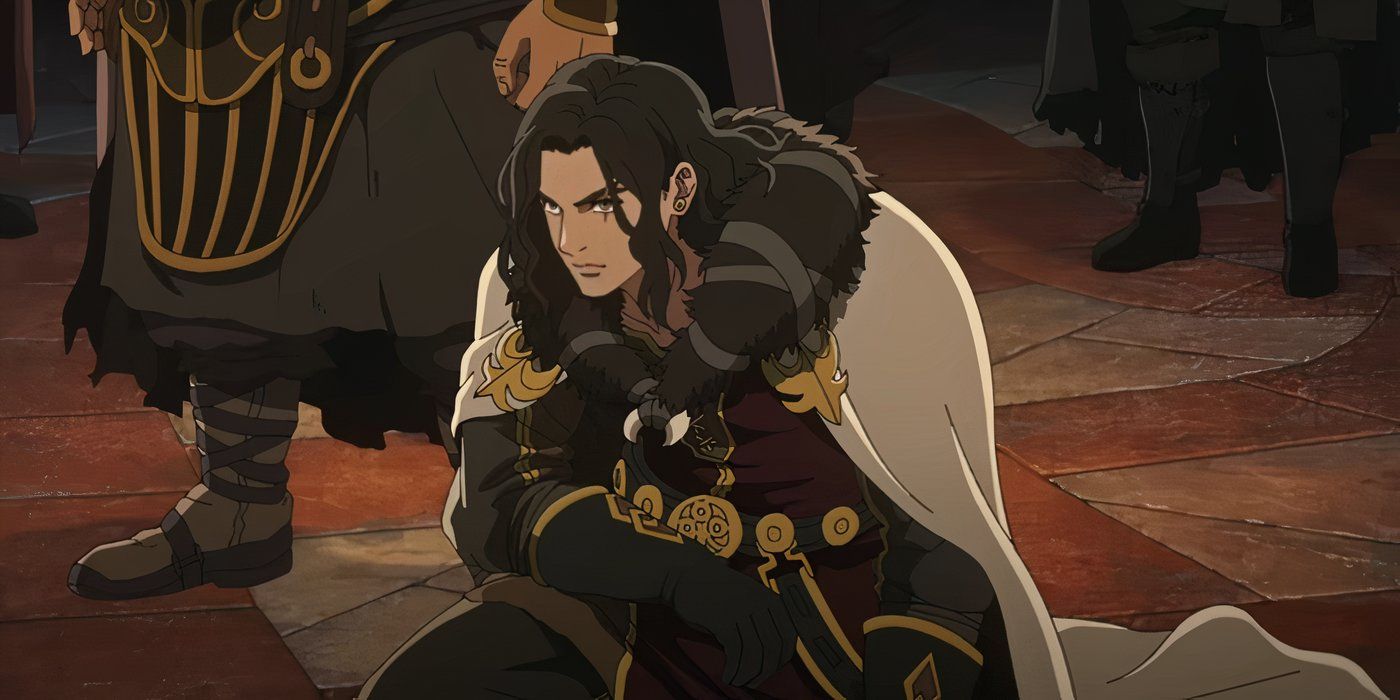
Like Rings of Power, The War of the Rohirrim movie took scant source material to create a story that would resonate with modern audiences, centering on a female heroine with a male love interest on the opposing side. In this sense, Rings of Power’s Galadriel and Sauron reflect War of the Rohirrim’s Hèra and Wulf. There was no canonical basis for War of the Rohirrim to give the main role to Helm’s daughter, an unnamed and insignificant daughter in its source material. Likewise, the movie amplified Wulf’s role, giving him a relationship with Hèra that he never had in the book.
War of the Rohirrim made Wulf a “bishounen,” which is anime terminology used to describe “pretty boys.” Director Kenji Kamiyama could have made Wulf monstrously ugly, which would have worked just as well, as far as the story was concerned. Kamiyama also put Hèra and Wulf’s personal relationship at the heart of the war, with the trailer diving into Hèra’s feelings about how Wulf has changed since childhood, and how Hèra fights Wulf (Fréaláf did this in the book). These were active decisions made to create compelling lovers-to-enemies undertones.
War Of The Rohirrim’s Hèra & Wulf Won’t Be As Controversial As Galadriel & Sauron In The Rings Of Power
There Is A Basis For Hèra & Wulf’s Relationship In War Of The Rohirrim
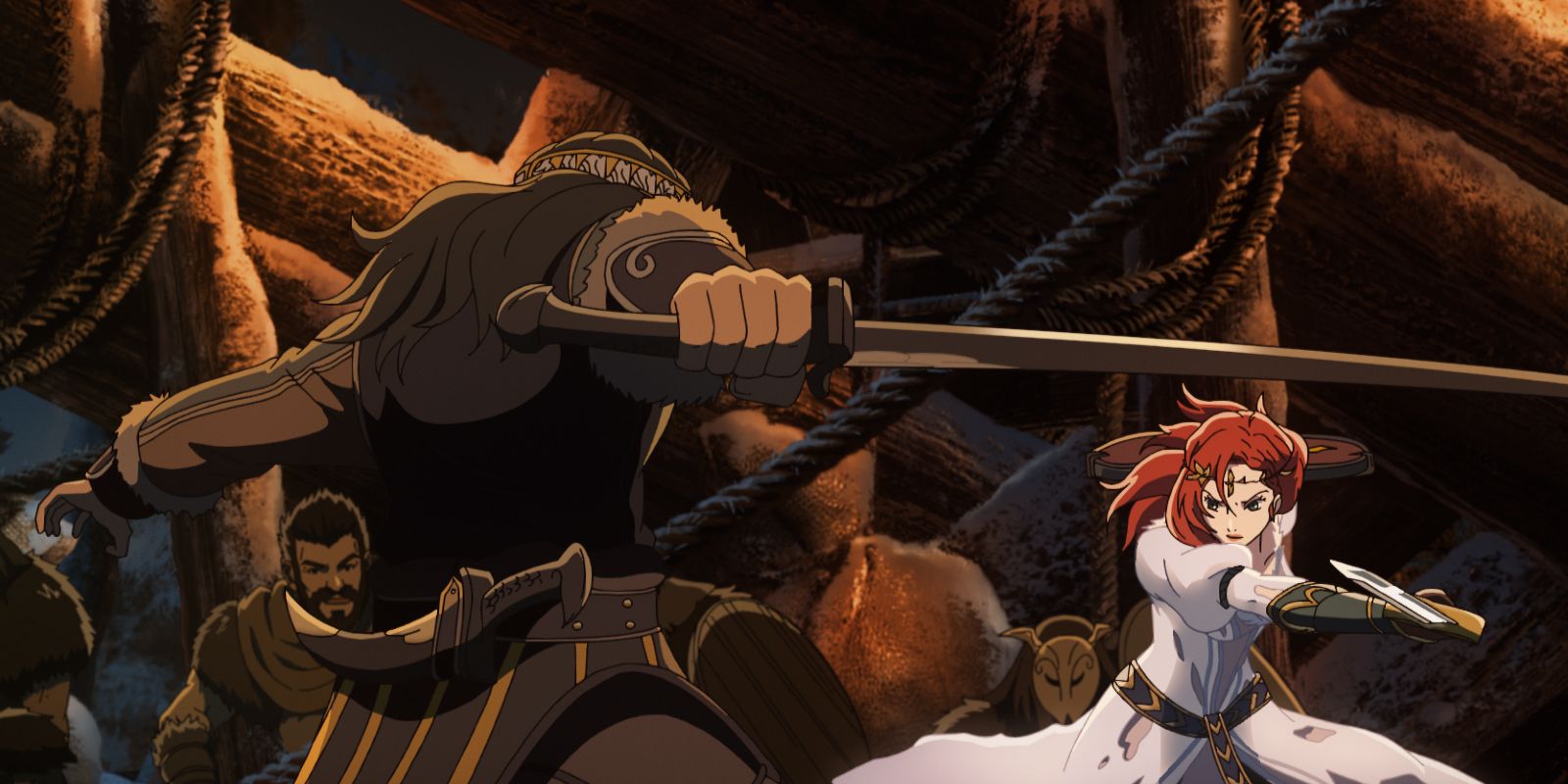
Just like Sauron was nowhere near Galadriel’s love interest in J.R.R. Tolkien’s books, Wulf was nowhere near Hèra’s love interest in the books. However, there is a canonical basis to romantically link Hèra and Wulf, whereas there is none for the Sauron-Galadriel romance tease, which polarized viewers of Rings of Power. In a draft that Tolkien never published while alive, Galadriel met Sauron in Eregion and regarded him with scorn. Meanwhile, Dunlending noble Freca tried to marry Helm’s daughter to his son, Wulf. The violent Helm Hammerhand refused, setting off a lengthy war.
The Lord of the Rings: The War of The Rohirrim will be released on December 13, 2024.
Wulf and Hèra’s feelings weren’t made clear on the subject in “The House of Eorl,” War of the Rohirrim’s source material. This chapter from Lord of the Rings’ appendices didn’t put Hèra and Wulf in any storylines together – all Hèra-Wulf moments in War of the Rohirrim are invented. But the movie is based on the conflict created by Hèra and Wulf’s arranged marriage, as is Tolkien’s tale. Hèra and Wulf are barely characterized at all in the book, giving the movie a blank slate, unlike Sauron and Galadriel in Rings of Power, who the show altered significantly, dividing fans.
Romantic Tension Has Long Been The Crux Of Hollywood Fantasy
Warner Bros. & Wider Hollywood Both Prioritize Romance In Fantasy
.jpg)
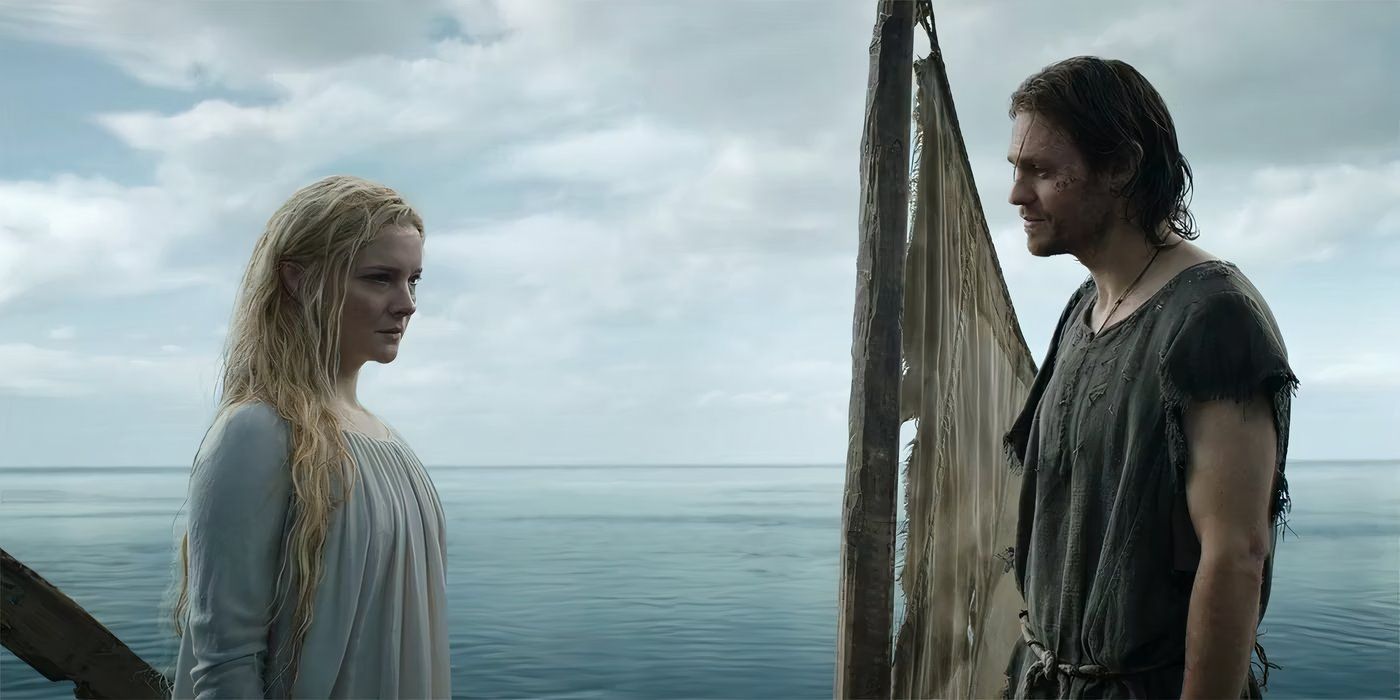
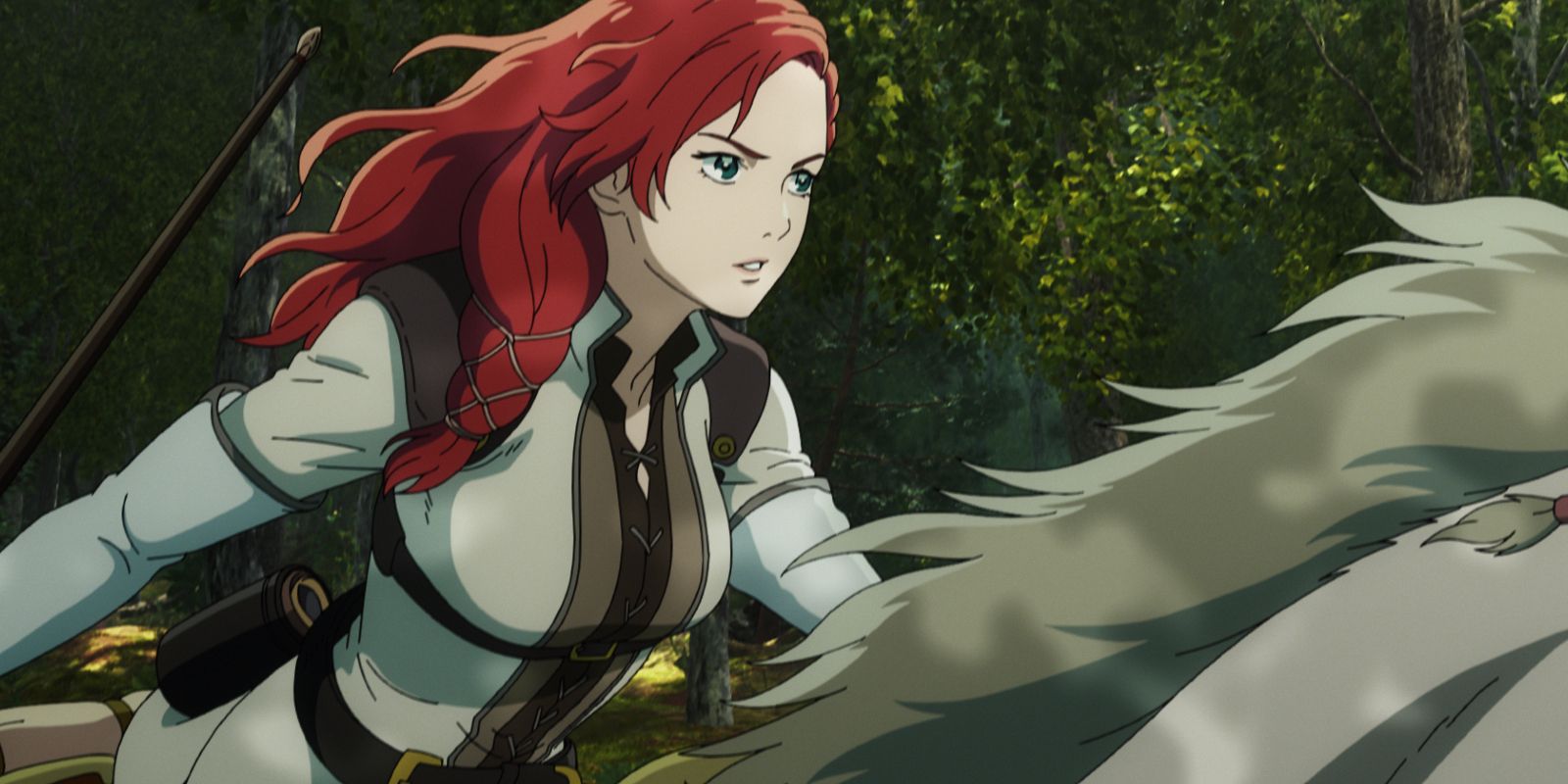
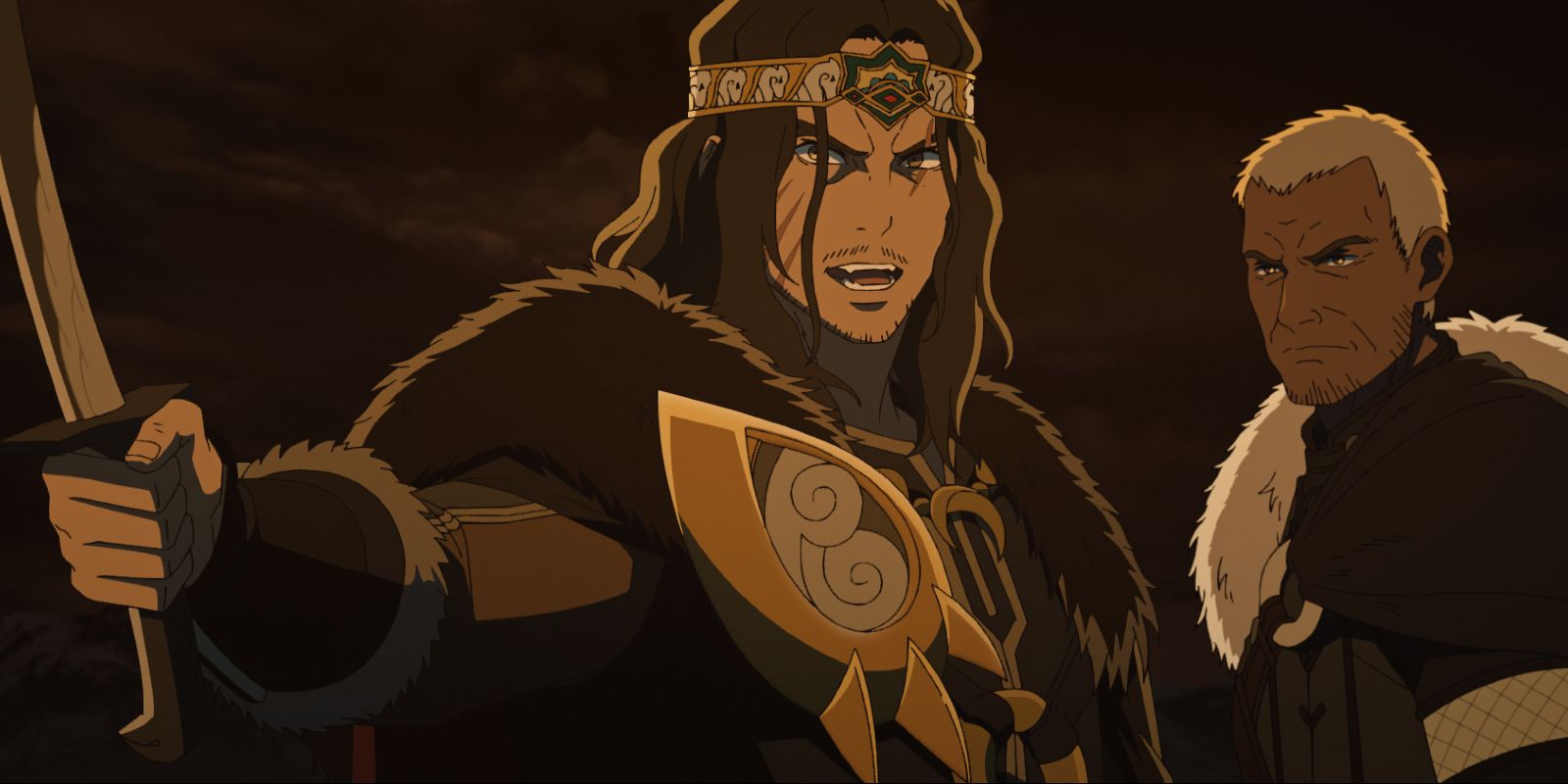
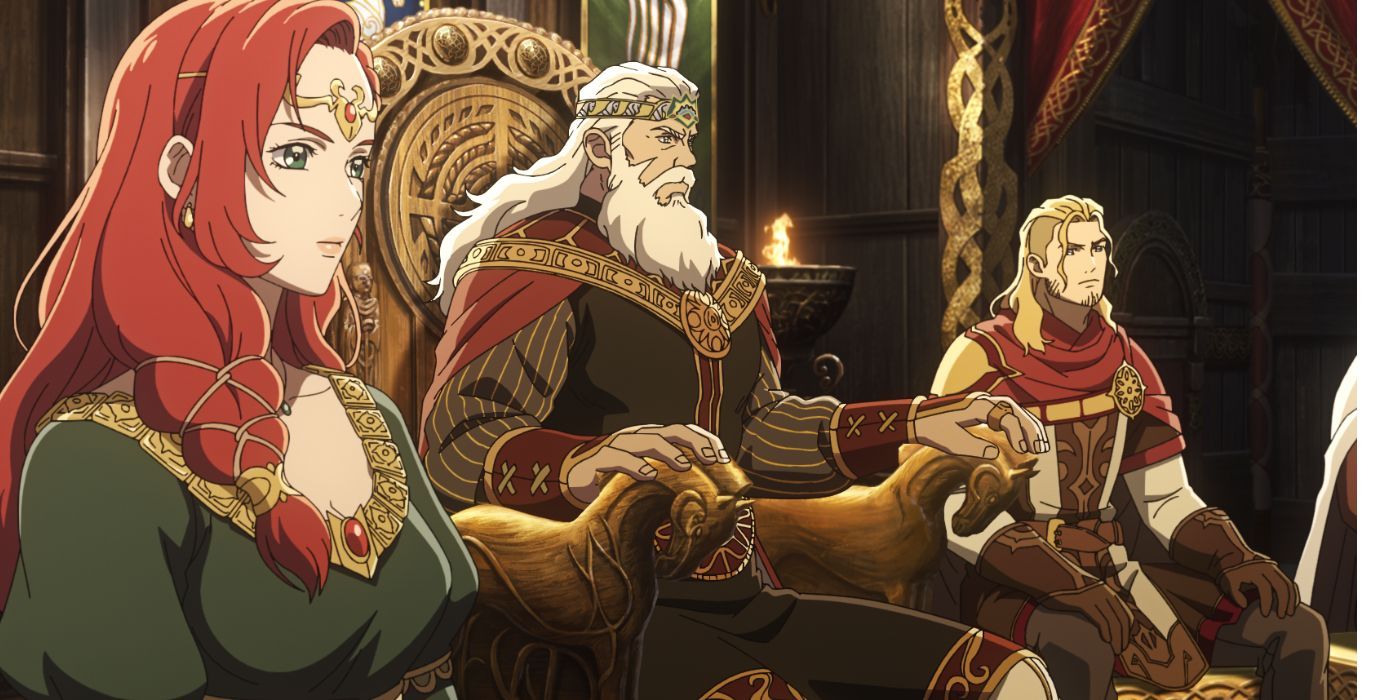
.jpg)




Both Rings of Power and War of the Rohirrim heavily fabricated their lovers-to-enemies undertones, proving Warner Bros. and wider Hollywood’s preference for a central romance tease to hinge on. One is hard-pressed to think of a modern blockbuster fantasy movie for adults that didn’t have a romance at its core, driving its lead character, even if remotely. For example, the D&D movie Honor Among Thieves. Warner Bros. is particularly keyed in to this approach, using it unfailingly in The Lord of the Rings. Peter Jackson boosted Arwen’s role to create a convincing Aragorn romance.
This was generally well-received, but less so The Hobbit’s romance invention. The Hobbit created the original character Tauriel to fall in love with Dwarf Kili, adding a romance element to center its three-part trilogy around and diverging heavily from its source material, which was one children’s novel. While War of the Rohirrim will set up romantic tension between Hèra and Wulf, however subtle, it will most likely frustrate it, as per the lovers-to-enemies trope, keeping their marriage faithfully frustrated. The Hèra-Wulf setup reflects an occasionally divisive trend but could be making quite good use of it.
…the Hèra-Wulf dynamic in The Lord of the Rings: The War of the Rohirrim fits into the modern landscape…
Romantic tension has been the hinge of much Hollywood fantasy for a while, so the Hèra-Wulf dynamic makes commercial and narrative sense. It may keep the movie engaging, adding human interest to a short story. Hèra and Wulf are, after all, on opposite sides of a war, making their bond tragic and nail-biting. More faithful to the books than both The Hobbit and The Rings of Power romances, the Hèra-Wulf dynamic in The Lord of the Rings: The War of the Rohirrim fits into the modern landscape and may also escape the backlash experienced by the other adaptations.
